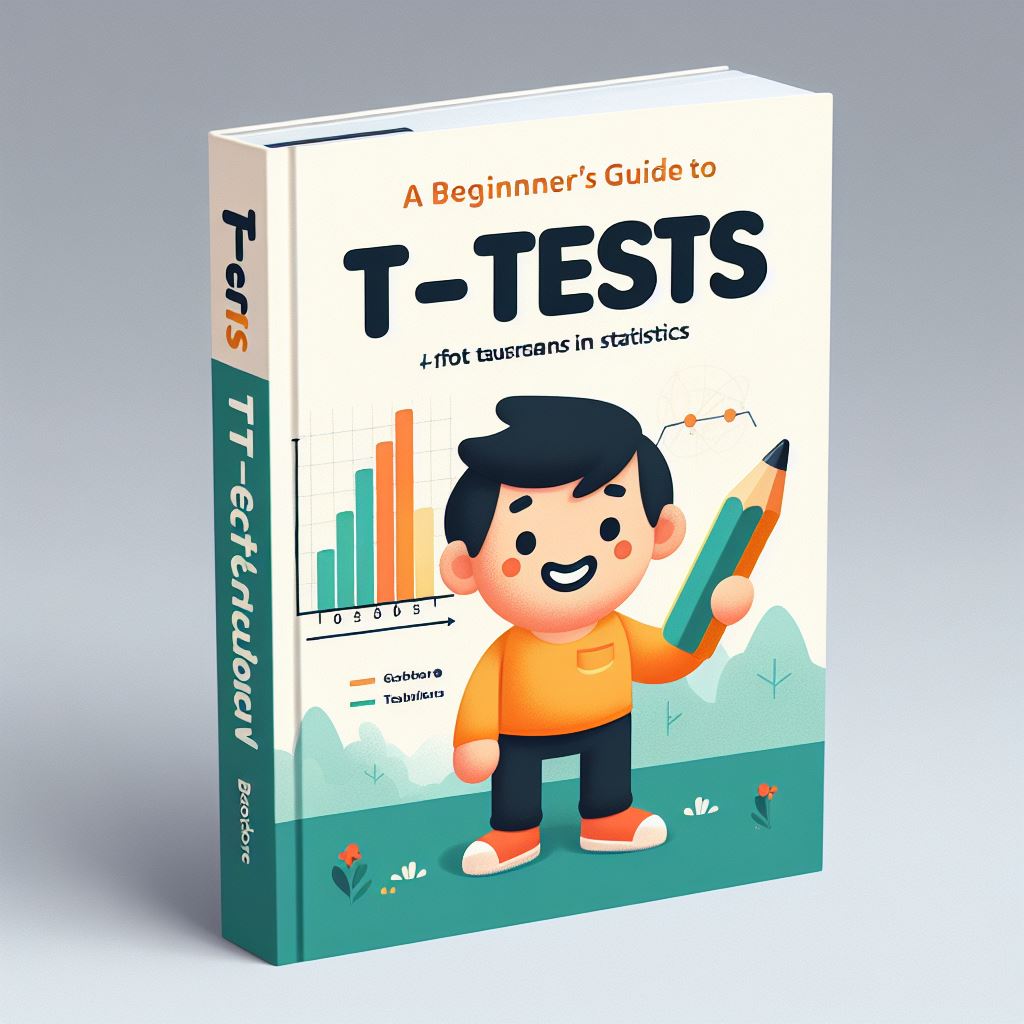Statistics is crucial in scientific research as it helps derive meaningful conclusions from data. The t-test, a widely used statistical tool, is particularly powerful for comparing means between two groups. Whether you’re a student conducting research or a professional involved in data analysis, it is essential to grasp the basics of t-tests. This beginner’s guide will delve into the fundamentals of t-tests, their types, and how they can be applied to unveil statistical significance.
Understanding the Need for T-Tests:
T-tests are employed when researchers want to determine if there is a significant difference between the means of two groups. This difference could be related to various variables, such as the effectiveness of a new drug compared to a placebo, the performance of two different teaching methods, or the impact of a marketing strategy on sales.
Types of T-Tests:
There are three main types of t-tests: the independent samples t-test, the paired samples t-test, and the one-sample t-test. Each serves a specific purpose in comparing means.
- Independent Samples T-Test:
The independent samples t-test is used when comparing the means of two independent groups. For instance, if you want to assess whether there is a significant difference in the average test scores between two groups of students who received different teaching methods, the independent samples t-test is the appropriate choice.
- Paired Samples T-Test:
The paired samples t-test is employed when the data is collected in pairs or when each observation in one group can be matched with a specific observation in the other group. This is often used in situations where the same group is tested twice, such as before and after implementing an intervention. For example, if you want to analyze whether there is a significant improvement in the weight of participants before and after a diet plan, the paired samples t-test is applicable.
- One-Sample T-Test:
The one-sample t-test is used when you have a single group and want to compare its mean to a known value or a theoretical mean. If, for instance, you want to determine if the average time taken by a group of individuals to solve a puzzle is significantly different from 10 minutes (a theoretical average), the one-sample t-test is the appropriate choice.
Steps for Conducting a T-Test:
Regardless of the type of t-test, the basic steps remain the same:
- State the Hypotheses:
- Null Hypothesis (H0): Assumes no significant difference between the groups.
- Alternative Hypothesis (H1): Posits a significant difference between the groups.
- Collect Data:
- Gather relevant data from the groups being compared. Ensure the data is appropriately organized.
- Calculate the Test Statistic:
- Use the formula for the t-test specific to your analysis. This involves computing the difference between group means and considering the variability within the groups.
- Determine Degrees of Freedom:
- Degrees of freedom vary based on the type of t-test and the sample sizes. This parameter is crucial in finding the critical value from the t-distribution table.
- Find Critical Value:
- Consult a t-distribution table or use statistical software to find the critical value corresponding to your chosen significance level (usually 0.05).
- Compare Calculated and Critical Values:
- If the calculated t-value is greater than the critical value, reject the null hypothesis. Otherwise, fail to reject the null hypothesis.
Interpreting Results:
Once the t-test is conducted, interpreting the results is key to drawing meaningful conclusions. If the null hypothesis is rejected, it suggests that there is a significant difference between the groups being compared. However, failing to reject the null hypothesis doesn’t necessarily imply the absence of a difference; it simply means there is not enough evidence to claim a significant difference.
Limitations of T-Tests:
While t-tests are powerful tools, it’s crucial to be aware of their limitations. One primary limitation is their sensitivity to sample size. With smaller sample sizes, t-tests may be less reliable in detecting true differences. Additionally, t-tests assume that the data follows a normal distribution, and violations of this assumption may affect the accuracy of results.
Practical Example:
Let’s consider a practical example to illustrate the application of a t-test. Suppose a researcher wants to examine whether there is a significant difference in the average commute time between two different routes taken by employees. The null hypothesis (H0) could state that there is no significant difference in the mean commute time, while the alternative hypothesis (H1) posits that there is a significant difference.
After collecting data on the commute times for both routes, the researcher calculates the t-statistic using the appropriate formula. Subsequently, they determine the degrees of freedom, find the critical value from the t-distribution table, and compare it with the calculated t-value.
If the calculated t-value exceeds the critical value at a chosen significance level (e.g., 0.05), the researcher would reject the null hypothesis, concluding that there is a significant difference in the average commute times between the two routes.
Conclusion:
T-tests serve as invaluable tools for researchers and analysts seeking to compare means and determine the statistical significance of observed differences. Mastering the basics of t-tests, understanding their types, and following the systematic steps for their application are essential for accurate and meaningful statistical analysis. Whether you’re navigating scientific research, business analytics, or academic studies, a solid grasp of t-tests empowers you to make informed decisions based on sound statistical principles.

